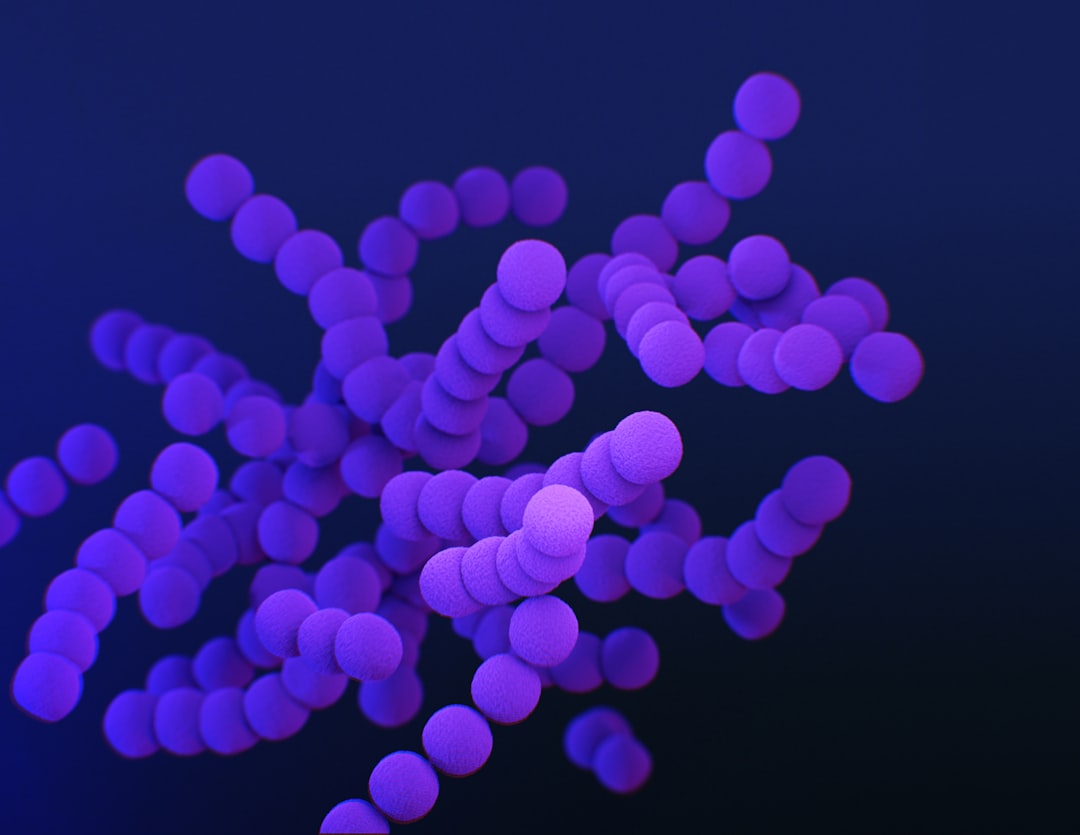What is it about?
This review gives a historical account of the elucidation of the relationship between voltage-gated proton channels and the NADPH oxidase (NOX2) of phagocytes. Specifically, as Henderson, Chappell & Jones showed (in 1987), NADPH oxidase is electrogenic. When it moves electrons across the membrane, this must be compensated, and it is abundantly clear that the main mechanism of compensation is by proton channels. The efflux of protons compensates electrically, and also prevents the large pH drop that would otherwise occur.
Featured Image
Why is it important?
The production of ROS (reactive oxygen species) by phagocytes is intended to enable killing pathogens. However, many other cells have been found to use ROS for very different functions. For example, B lymphocytes use ROS as a signaling mechanism. In many cases, the role of proton channels appears ott be similar to its role in phagocytes.
Perspectives
The development of this field involves several controversies, which are described here. The symbiotic relationship between proton channels and NADPH oxidase is remarkable. NOX2 activity causes depolarization and a pH drop, both of which inhibit the enzyme. However, both consequences also activate proton channels, and the action of proton channels opposes these effects of NOX2 activity, thus enabling the enzyme to continue functioning indefinitely.
Professor Thomas E DeCoursey
Rush University
Read the Original
This page is a summary of: The intimate and controversial relationship between voltage-gated proton channels and the phagocyte NADPH oxidase, Immunological Reviews, August 2016, Wiley,
DOI: 10.1111/imr.12437.
You can read the full text:
Contributors
The following have contributed to this page










